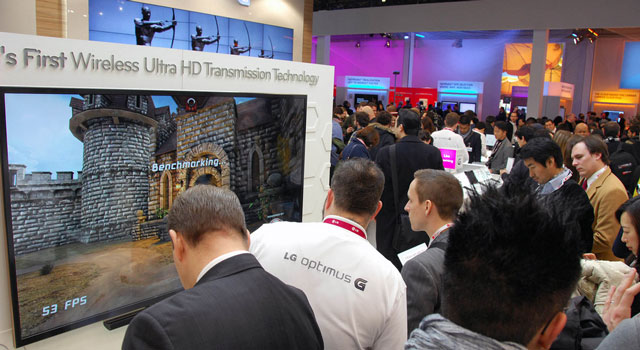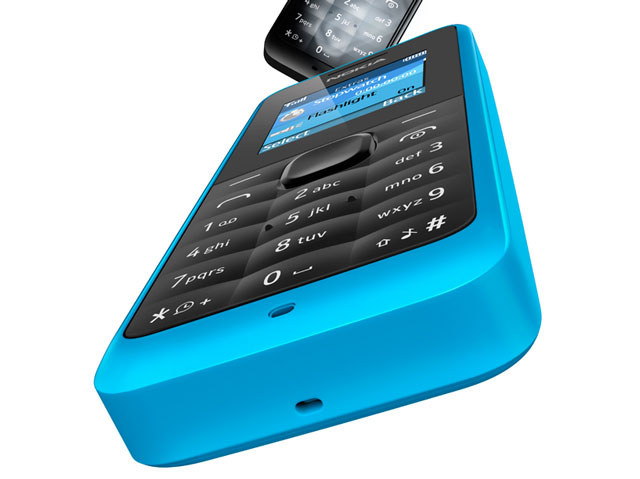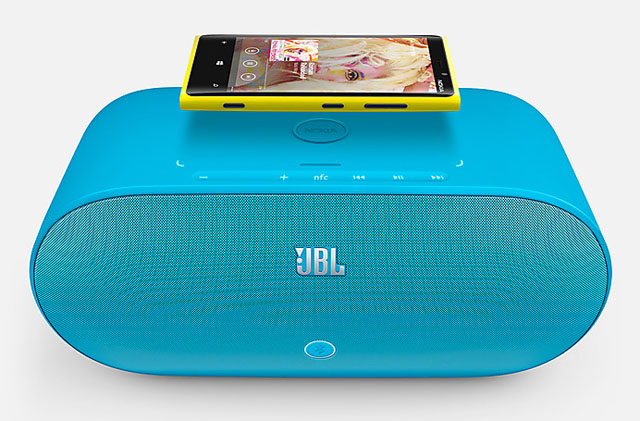
Each year around this time, Barcelona plays host to the Mobile World Congress, the biggest annual event for the world’s mobile communications industry. In addition to the usual product announcements from many of the big-name manufacturers, the buzz this year was around mobile payments, near-field communications and the mobile operating systems war.
Devices
Mobile World Congress always offers gadget junkies a wide array of new devices — some of them hotly anticipated; others previously unheard of. This year was no different, except low-end and midrange phones got almost as much attention as the high-end ones.
Nokia’s 105, a US$20 feature phone aimed at developing markets, drew particular attention. Nokia claims the phone lasts 35 days on a single charge and is aimed at markets where electricity supply in erratic.
None of the big manufacturers launched new flagship devices — companies such as HTC and Samsung Electronics prefer to launch these away from the hustle and bustle of the show — but smaller handset makers such as ZTE, Alcatel and Huawei unveiled a plethora of new phones.
Though Samsung only plans to announce its new flagship handset, the Galaxy S4, in mid-March, it still took the wraps off a slew of new products at the congress, including the Galaxy Note 8, an 8-inch tablet that also allows you to make phone calls, and the Galaxy Grand, which is essentially a Galaxy S3 with a 5-inch display.

There was no shortage of competition at the top end, with LG Electronics releasing the Optimus G Pro, a “phablet” with a 1080p-resolution, 5,5-inch display, and Huawei showcasing its Ascend P2, which includes a 13-megapixel camera and a 720p HD display.
On the tablet front, the showstopper was Sony’s Xperia Z tablet, a waterproof 10,1-inch Android tab weighing less than 500g and costing less than $500. Sony’s first foray into the tablet market was uninspiring, but both the Xperia Z handset and tablet look set to put the Japanese electronics giant back on the map.
Of course, Mobile World Congress isn’t just about shiny new devices. Other highlights from this year’s show included Bluetooth stickers that can be attached to wallets, keys or anything else you’re prone to misplacing, making it possible to track them down using a mobile application.
Corning, the company behind Gorilla Glass, unveiled bendable glass, which will no doubt show up in future phones. Other companies showed off accessories for mobile phones and tablets, from cases and charging solutions to headphones and styluses and even a virtually indestructible display made of sapphire.
NFC and mobile payments
There were plenty of mentions of near-field communications (NFC) technology at Mobile World Congress in 2012, but the hype didn’t seem to carry into devices. NFC was back with a vengeance at this year’s event. Whereas last year it was all about mobile payments, this year the focus was on all the other potential uses of the technology.
Signage used at the 2013 congress made use of NFC so that attendees could get information about the event with the tap of their phone and were also used in conjunction with their nametags to allow them access to various areas.
Even accessories manufacturers are getting in on the NFC bandwagon, with companies like JBL using the technology to initiate the pairing process between Bluetooth audio docks and mobile phones.

MasterCard, one of the biggest supporters of NFC for payments, expanded its solution beyond the realm of the physical to include a cloud-based service called MasterPass. It says it still sees great potential for NFC, but that it realises the solution — which requires high-end devices — may not be suited to every market.
Operating systems
Three new mobile operating systems were showcased at this year’s Mobile World Congress. Mozilla, best known for the Firefox Web browser, has entered the fray with Firefox OS, demonstrating it this week on Alcatel’s One Touch Fire handset and on ZTE’s Open.
The second new operating system, called Tizen, is being developed by Samsung and Intel, and will be built on a similar framework to Android and will even be able to run Android applications using a compatibility layer. It is expected to begin shipping on selected Samsung devices later this year.
Anyone remember MeeGo, the operating system Nokia abandoned in favour of Windows Phone? Well, it’s been given another shot at life by a Finnish company called Jolla Mobile. Renamed Sailfish, the Linux-based operating system will have to contend with an increasingly crowded operating system market. Still, variety can only mean good things for consumers.
Android looks set to remain dominant, but with these three new contenders being announced so soon after Mark Shuttleworth unveiled Ubuntu for smartphones and then for tablets, the space is hotting up. — (c) 2013 NewsCentral Media




